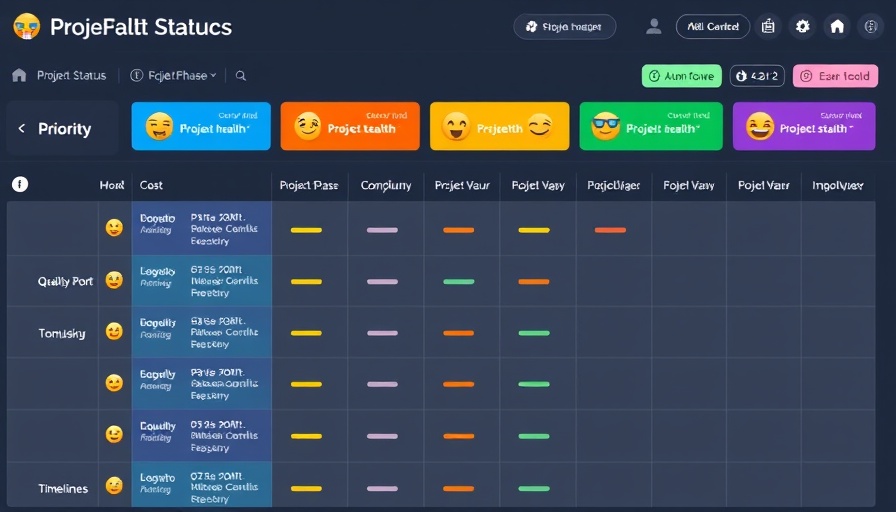
The Shift from ROAS to ROMO: A Game-Changer for Marketing
In today's fast-paced marketing landscape, where short-term wins have traditionally ruled the roost, The Home Depot is turning this paradigm on its head. The company's VP of Media and Monetization, Melanie Babcock-Brown, emphasizes that the obsession with ROAS (Return on Ad Spend) misses the larger goal—long-term value creation. Enter ROMO, or Return on Marketing Objective, a new measurement framework designed to capture the complete customer journey.
The Importance of a Holistic Measurement Model
Babcock-Brown argues that early days of Retail Media Networks (RMNs) focused too exclusively on immediate results. While quick wins are appealing, companies like The Home Depot, which deals with products requiring significant consideration time, need a broader perspective. For instance, while purchasing a new refrigerator might happen rapidly following a breakdown, decisions surrounding home paint colors can take months—a nuance easily overlooked by traditional ROAS metrics.
Understanding Your Customer’s Journey
This shift isn’t just about semantics; it’s about understanding the journey customers undertake. An overly simplistic view focusing solely on ROI can lead to missed opportunities in branding, customer loyalty, and long-term growth. ROMO looks at how media drives not just immediate sales, but also incremental growth, brand equity, and customer acquisition.
Why ROMO Matters for Business Owners
This change to ROMO is crucial for business owners generating between $2 million and $10 million in annual revenues. As they build operational infrastructures and scale their operations, it becomes imperative to gauge marketing efforts accurately. By utilizing ROMO, businesses can ensure they’re not only looking at short-term gains but also fostering a sustainable growth trajectory that aligns with customer needs and habits.
Actionable Insights for Your Marketing Strategy
Now, how can businesses adopt a ROMO-centric approach? Here are a few strategies to consider:
- Map the Customer Journey: Identify key touchpoints between your brand and the customer. Align your marketing objectives with these stages to maximize engagement.
- Focus on Branding: Understand that every interaction is an opportunity to reinforce your brand. Use marketing to build a connection that resonates beyond a single purchase.
- Invest in Long-Term Relationships: Customer loyalty can't be rushed. Design campaigns that engage customers over time, nurturing relationships that yield returns long after the initial interaction.
Shifting focus from ROAS to ROMO paves the way for more thoughtful, effective marketing strategies that not only capture immediate success but also build a foundation for future growth.
Join the Discussion
For business owners looking to refine their marketing frameworks and drive success, exploring these innovative measurement approaches is essential. Why limit yourself to a narrow definition of success when there’s an avenue to unlock far greater insights and opportunities in your strategy?
 Add Row
Add Row  Add
Add 



Write A Comment